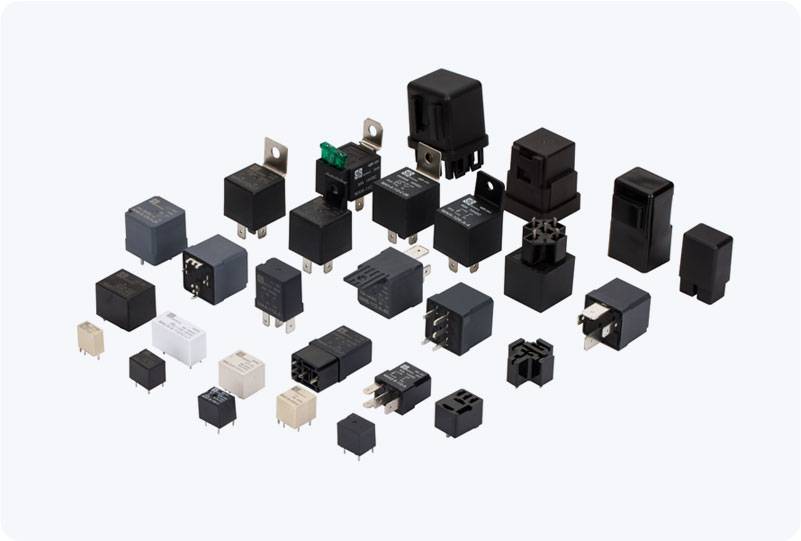Power relays play a crucial role in electrical and electronic systems by controlling the flow of power between circuits. However, one common issue that many engineers and technicians face with power relays is contact welding. This phenomenon occurs when the contacts of a relay, under high current or poor electrical contact conditions, fuse together due to excessive heat, leading to system malfunctions, reduced reliability, and even failure. In this article, we will explore the causes of contact welding in power relays and outline key solutions that can help mitigate this issue, ensuring the long-term reliability and efficiency of electrical systems.

Understanding Contact Welding in Power Relays Contact welding happens when the electrical contacts within a relay generate excessive heat due to high current, resistance, or voltage. Over time, this heat can cause the contact surfaces to melt and fuse together, preventing the relay from switching properly. This leads to permanent contact closure or an inability to open, both of which can cause significant system downtime, overheating, and potential safety hazards. The primary factors contributing to contact welding include: High Inrush Current: When power is first applied, relays often experience a surge of inrush current. This initial current can be much higher than the steady-state current, which increases the likelihood of contact welding.